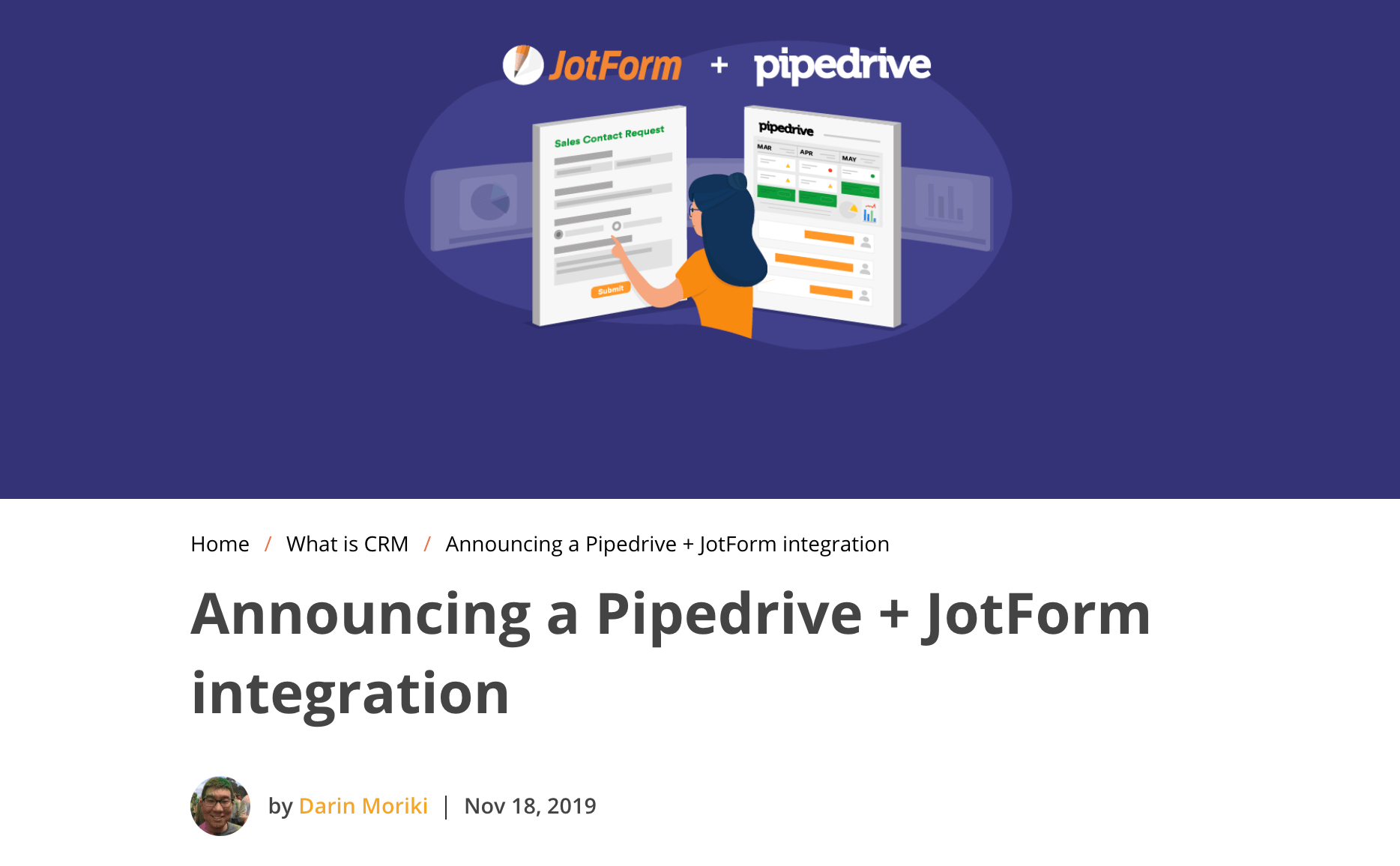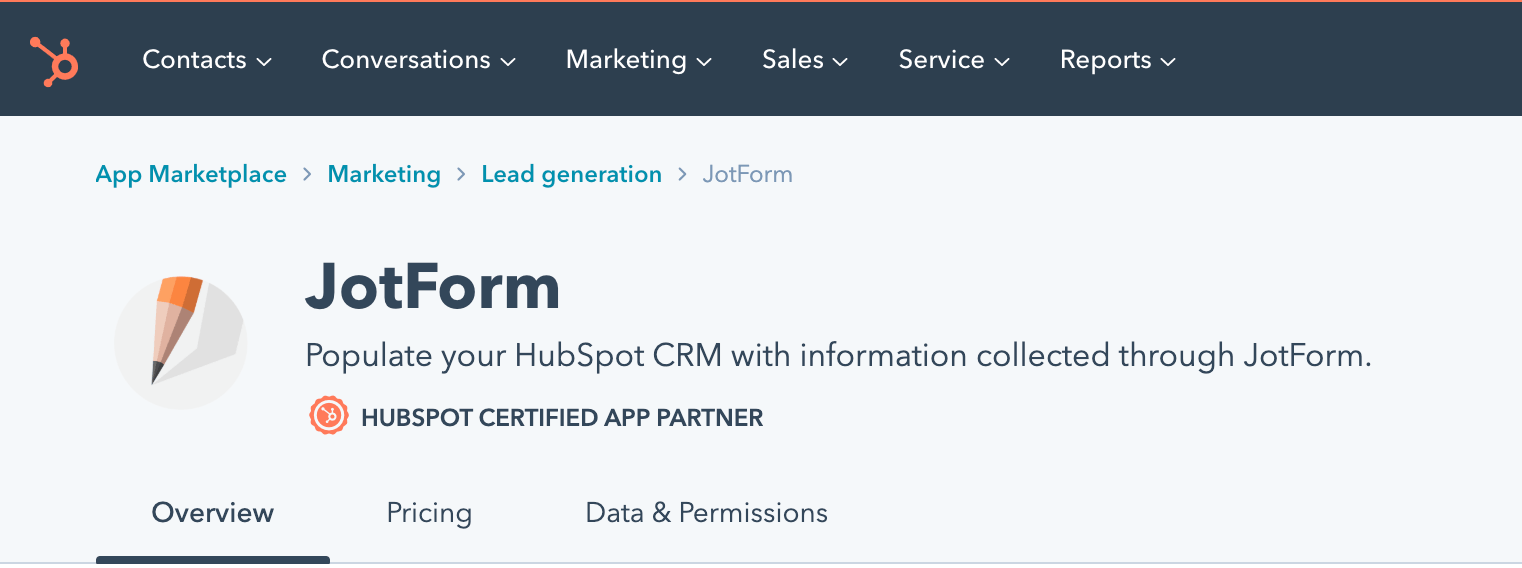 Being the first partner manager at a company is a bit like being the new kid at high school. You have to wander the metaphorical cafeteria and figure out who is willing to team up and who isn’t quite ready yet. You need to prove your credibility early while setting the groundwork for future growth.
Being the first partner manager at a company is a bit like being the new kid at high school. You have to wander the metaphorical cafeteria and figure out who is willing to team up and who isn’t quite ready yet. You need to prove your credibility early while setting the groundwork for future growth.
As companies everywhere embrace the partner ecosystem, there’s going to be an increase in people taking on the tech partner manager role for the first time—and a lot of that early work is setting the foundation for healthy EcosystemOps that leads to tangible growth. As the first partner manager at JotForm, Briana Strauss is already seeing some early, promising signs:
“At JotForm, we found that paid users are twice as likely to have an integration than active free users,” says Strauss.
As she nears eight months in on the job, we thought Strauss would be the perfect person to offer some advice for anyone else taking on technology integrations at their company for the first time. Her learnings:
Lay the groundwork for future success.
Take inventory of existing partners. Does your company have existing technology partnerships? Who are they? And what, if anything, are the partners providing? In her first few months, Strauss made sure to get the lay of the land and tiered the partnerships into three groups according to number of users, ease of partner communication, overall web and content reach, active social media, and co-marketing opportunities.
(Note: you can learn more about partnering with JotForm here).
Set up reporting for existing partnerships. Who is using any existing integrations and what is the effect on the customer’s use of the product? JotForm found that paid users are twice as likely to use an integration. That’s the kind of info that get you more resources. Find that data and set up some regular reporting cadences or dashboards. “That helps you know where to focus,” she says.
Meet with your dev team in person. “Our dev team is Turkey, and flying out there helped me substantially,” says Strauss. Also, meet with your head of product and, if possible, find out from your C-suite what metrics they care most about. “For us, the integrations aren’t necessarily about revenue right now,” says Strauss. “It’s building audience and attention via marketing campaigns like blog swaps.”
Level up existing partners.
Audit your presence on existing partner’s directory pages. If your partnerships were managed part-time or not at all before you arrived, it’s likely that your company is not represented on partner directory pages. Check every partner to see if your listing exists and is accurate.
Get certified. Many partners, especially the larger players, require that you qualify before being listed as a “premier partner” which typically comes with additional marketing. After reaching out and becoming Hubspot certified, JotForm saw the integration usage double.
Begin to grow:
Create partner content. That includes setting up a partner page, writing case studies, and highlighting integrations on the company blog.
 JotForm regularly announces new partnerships on its company blog.
JotForm regularly announces new partnerships on its company blog.
Increase the size of your network. “Luckily being in San Francisco, 75% of our partners have representation here,” says Strauss. “So I wished I reached out a little earlier to start building those relationships. But now, I continue to meet partnership people through different events and it’s always fun to explore what’s possible.”
Look to see what your customers are looking for and asking for. Begin to monitor your community forums and take note of common requests. “For us, it’s a lot of CRM and marketing automation requests,” she says.
_
And if you’re setting up a partner program from scratch, we’ve got your back. Be sure to read our other guides:
- Partnerships 101: ISVs, VARs, SIs, MSPs, and the Glue that Holds them Together
- Account Mapping: How to (Finally) Do It Without Giant, Cumbersome Spreadsheets
- How to Execute a Co-Marketing Motion to the Right People, Every Time
- How to Stop Channel Conflict and Tech Partner Conflict
- 4 Ways to Get New Customers Using Partner Data
Turn your ecosystem into your #1 revenue source
Get started in under a minute. Instantly capture insights from your partners. Identify more opportunities. Did we mention it’s free?











